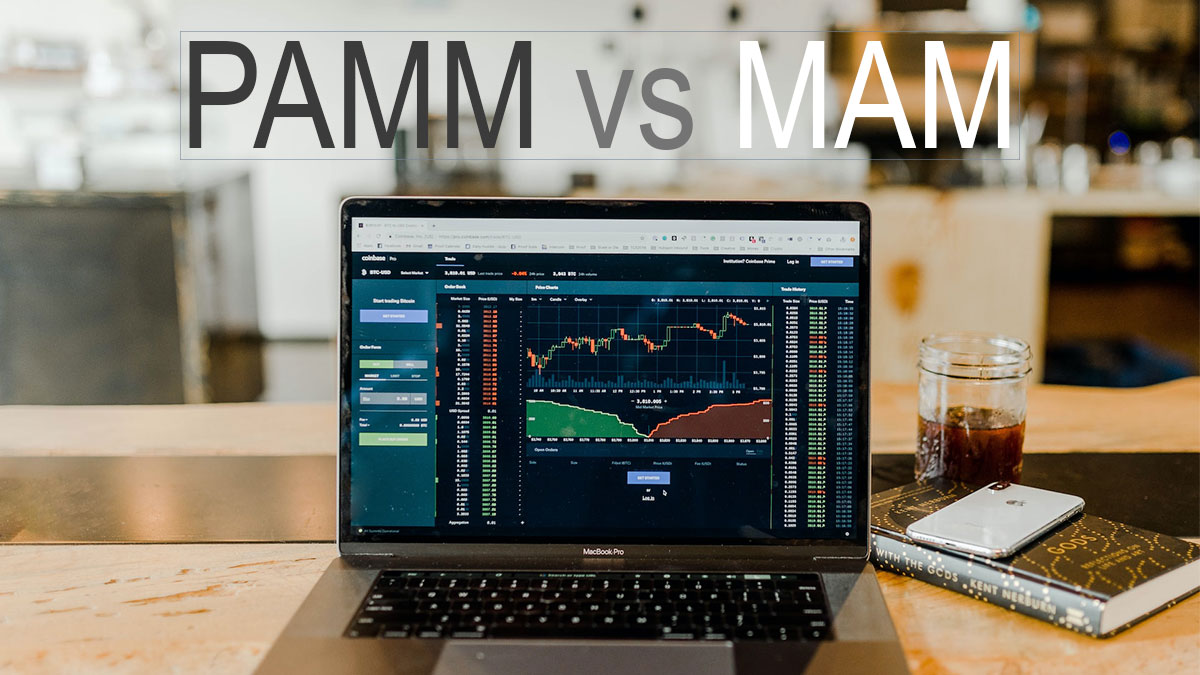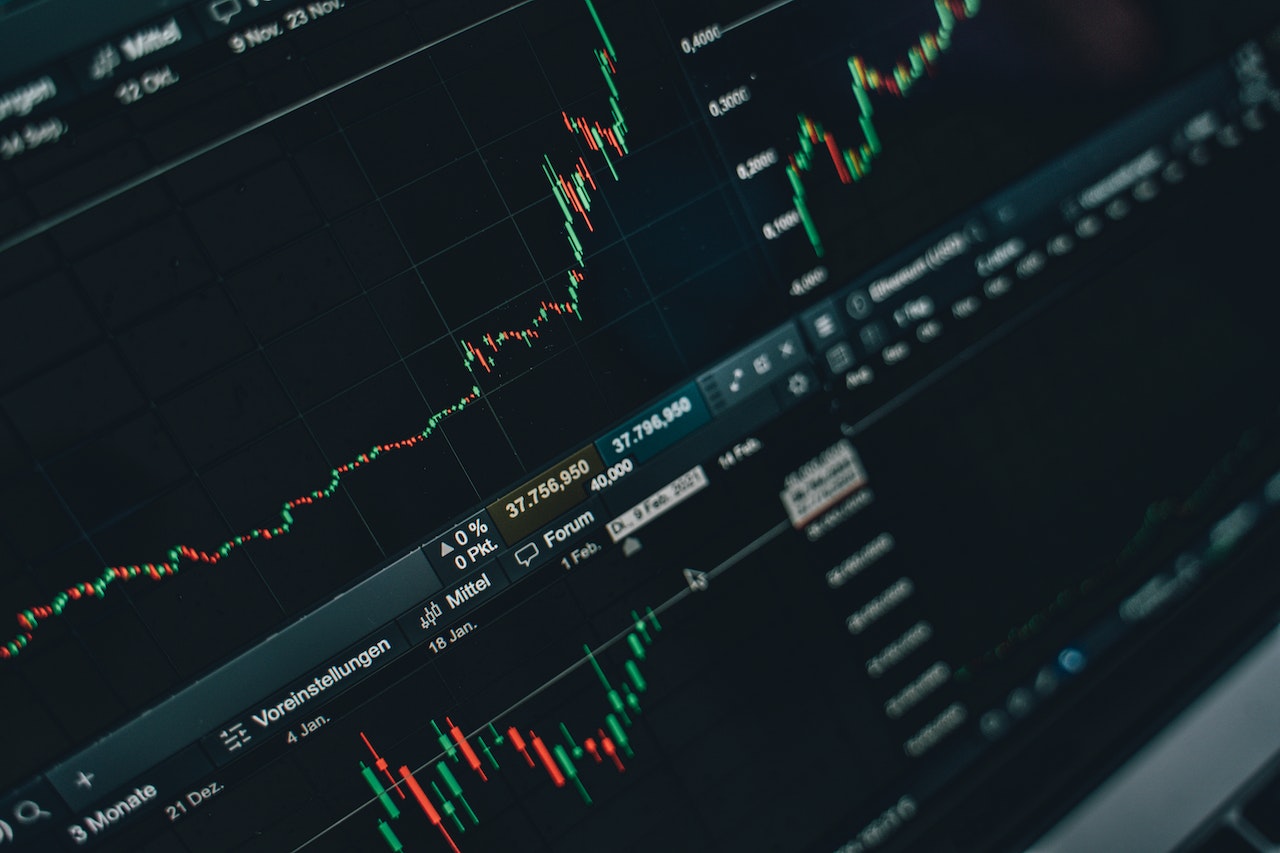Popular Posts
Exploring the Best Book Shops in Ohio: A Reader’s Paradise
Ohio, often referred to as the heart of the Midwest, is not just known for its scenic landscapes and vibrant cities but also for its rich literary culture. From independent bookstores nestled in quaint neighborhoods to large chains offering a vast array of titles, Ohio boasts a thriving book scene that caters to readers of all ages and interests. In this blog, we’ll take a journey through some of the best book shops Ohio, highlighting what makes each one a unique destination for book lovers.
The Book Loft of German Village (Columbus)
The Book Loft of German Village is a beloved institution among locals and visitors alike. Located in Columbus, this enchanting bookstore features 32 rooms filled with books on every imaginable topic, creating a maze-like experience that encourages exploration. From fiction and non-fiction to niche interests and children’s books, The Book Loft has something for everyone. Its cozy nooks and charming atmosphere make it a perfect place to discover new reads and hidden gems.
Joseph-Beth Booksellers (Cincinnati and Cleveland)
With locations in Cincinnati and Cleveland, Joseph-Beth Booksellers is a favorite destination for book enthusiasts. Boasting a vast selection of books, including bestsellers, classics, and niche genres, this bookstore also hosts author events, book clubs, and other literary activities that foster a sense of community among readers. Whether you’re looking for the latest releases or searching for rare finds, Joseph-Beth Booksellers offers a comprehensive and engaging bookstore experience.
Mac’s Backs-Books on Coventry (Cleveland Heights)
Nestled in Cleveland Heights, Mac’s Backs-Books on Coventry is a haven for independent book lovers. This cozy bookstore specializes in new and used books, with a focus on literature, poetry, and local authors. The welcoming ambiance and knowledgeable staff make it a go-to spot for literary discoveries. From book signings to poetry readings, Mac’s Backs offers a vibrant and intimate literary atmosphere that appeals to avid readers and casual browsers alike.
Blue Jacket Books (Xenia)
Situated in Xenia, Blue Jacket Books is a treasure trove for book collectors and avid readers. This family-owned bookstore offers a curated selection of used and rare books, spanning various genres and interests. Whether you’re interested in history, science fiction, or art books, Blue Jacket Books has something unique to offer. The warm atmosphere and personalized service create a delightful browsing experience for book enthusiasts looking for hidden literary treasures.
Gramercy Books (Bexley)
Located in Bexley, Gramercy Books is a modern bookstore with a curated collection of books for readers of all ages. Known for its thoughtful selection and community-focused approach, this bookstore hosts author signings, book clubs, and children’s events, making it a gathering place for literary-minded individuals. From bestsellers to local favorites, Gramercy Books offers a diverse range of titles that cater to a wide range of reading preferences.
Ohio Book Store (Cincinnati)
Situated in Cincinnati’s historic district, the Ohio Book Store is a paradise for book collectors and history buffs. Specializing in rare and antiquarian books, maps, and ephemera, this bookstore offers a glimpse into the past through its extensive collection. Whether you’re searching for a rare first edition or exploring historical documents, the Ohio Book Store’s knowledgeable staff and nostalgic ambiance add to the allure of this iconic establishment.
Cover to Cover Books for Young Readers (Columbus)
For young readers and parents seeking quality children’s books, Cover to Cover Books in Columbus is a must-visit destination. This charming bookstore focuses on children’s literature, offering a diverse selection of books for different age groups and interests. From picture books to young adult novels, Cover to Cover Books provides a welcoming environment for families to discover new stories and cultivate a love for reading.
Conclusion:
In conclusion, Ohio’s bookshops offer a diverse and vibrant literary landscape, catering to the diverse interests of readers across the state. Whether you’re searching for rare finds, attending author events, or simply indulging in a leisurely browsing experience, these bookshops provide an enriching and memorable journey through the world of books. Next time you’re in Ohio, be sure to explore these literary gems and discover your next favorite read. Happy reading!
PAMM and MAM Forex Accounts: How They Help Traders Make Money in Forex
PAMM (Percentage Allocation Management Module) and MAM (Multi-Account Manager) accounts are popular investment solutions in the Forex market that allow traders and investors to collaborate and potentially profit together. These accounts offer a unique way to generate income in Forex. Here’s how PAMM and MAM Forex accounts can help traders make money:
- Pooling Capital:
- PAMM: In a PAMM account, an experienced trader (the manager) pools funds from multiple investors into a single trading account. This larger capital base allows for potentially more significant trading opportunities.
- MAM: Similarly, in a MAM account, a professional trader combines the capital of multiple clients into one trading account, creating economies of scale in Forex trading. If you are looking for additional details on white label solution forex, just go to the above site.
- Expertise of Professional Traders:
- Access to Expertise: Investors in PAMM and MAM accounts benefit from the trading skills and experience of the account manager. These managers are often seasoned traders who have a track record of success.
- Time-Saving: For investors who lack the time or expertise to trade on their own, PAMM and MAM accounts provide a hands-off approach to Forex trading.
- Profit-Sharing Model:
- PAMM: In PAMM accounts, profits and losses are shared among investors in proportion to their initial investments. This means that if the account manager generates profits, investors also benefit.
- MAM: In MAM accounts, profits and losses are typically distributed based on the percentage of each client’s capital in the overall account.
- Risk Management:
- Risk Diversification: By pooling capital from multiple investors, PAMM and MAM accounts allow for better risk diversification. Losses in one trade can be offset by gains in others.
- Professional Risk Control: Experienced account managers often employ risk management techniques to protect the capital of their clients.
- Transparency and Control:
- Transparency: Investors can monitor the performance of their PAMM or MAM account in real-time. Many platforms provide detailed reporting on trades, profits, and losses.
- Withdrawal Control: Investors usually have the flexibility to deposit or withdraw funds from their accounts at their discretion, giving them control over their investments. Know more about pamm mam forex.
- Scalability:
- MAM: MAM accounts are especially suitable for professional traders who want to manage multiple clients’ funds efficiently. This scalability can lead to higher earnings for experienced traders.
- Passive Income:
- PAMM: For investors, PAMM accounts offer a way to generate passive income from Forex trading. They can profit without actively participating in the markets.
- MAM: Similarly, MAM accounts allow clients to earn a share of profits without the need for hands-on trading.
- Investor Education:
- Learning Opportunity: PAMM and MAM accounts can be educational for investors. They can observe the trading strategies and decisions made by professional managers, helping them learn more about Forex trading.
- Risk Factors:
- Important Considerations: While PAMM and MAM accounts offer significant advantages, they also come with risks. Traders and investors should carefully evaluate the track record and risk management practices of account managers.
In conclusion, PAMM and MAM Forex accounts provide a collaborative and potentially profitable approach to trading in the Forex market. They enable investors to benefit from the expertise of professional traders, diversify risk, and potentially generate passive income. However, it’s essential for both traders and investors to conduct due diligence and choose their account managers wisely to maximize the potential for success in these accounts.
How to Use a Forex Trading Calculator in Your Trading Strategy
A Forex trading calculator is a powerful tool that can assist traders in making informed decisions and managing risk effectively. It provides valuable insights into trade parameters, position sizing, risk management, and potential profits or losses. Here’s how to use a Forex trading calculator in your trading strategy:
- Position Sizing:
- Determine Trade Size: Start by inputting your account balance and the percentage of your capital you’re willing to risk on a single trade (usually recommended as a small percentage, like 1-2%).
- Stop Loss Level: Specify your stop-loss level in pips, which is the maximum amount you’re willing to lose on the trade.
- Calculate Risk:
- Risk Amount: The Forex trading calculator will automatically calculate the dollar amount you’re risking on the trade based on your position size and stop-loss level.
- Risk-Reward Ratio: Use the calculator to determine the risk-reward ratio by dividing the potential reward (based on your take-profit level) by the risk amount. Make a search on the below mentioned website, if you’re searching for more details on calculator for traders.
- Profit and Loss Projection:
- Estimate Potential Profit: Enter your take-profit level in pips to estimate the potential profit if the trade goes in your favor.
- Calculate Reward Amount: The calculator will display the dollar amount you stand to gain if the trade reaches your take-profit level.
- Compare Risk and Reward:
- Risk-Reward Assessment: Evaluate the calculated risk and reward amounts. Ensure that the potential reward justifies the risk you’re taking. A favorable risk-reward ratio is typically considered as 1:2 or better.
- Account Leverage:
- Leverage Consideration: If you use leverage, be cautious about its impact. High leverage can amplify both profits and losses. The calculator allows you to input your leverage level to assess its effect on your position size and risk.
- Multiple Trades and Diversification:
- Use for Multiple Trades: You can use the calculator for multiple trades simultaneously to determine the total risk exposure across your portfolio.
- Diversification: Consider how each trade fits into your overall trading strategy and portfolio diversification.
- Margin and Margin Calls:
- Margin Requirements: Some Forex calculators also provide information on margin requirements, which is the amount of capital needed to open and maintain a position.
- Prevent Margin Calls: Ensure that your position size and leverage level do not exceed your account’s available margin. This helps prevent margin calls and potential liquidation of your positions.
- Real-Time Adjustments:
- Dynamic Use: Forex trading calculators can be used dynamically as market conditions change. Adjust trade parameters, stop-loss levels, and take-profit levels in real-time to assess potential outcomes.
- Trading Journal:
- Record Keeping: Maintain a trading journal to document the details of each trade, including the parameters calculated using the Forex trading calculator. This helps track your trading decisions and performance over time.
- Review and Learning:
- Post-Trade Analysis: After a trade is completed, review the actual outcome compared to your initial calculations. This process can help you refine your trading strategy and improve decision-making.
In summary, a Forex trading calculator is a valuable tool that aids traders in determining position size, assessing risk-reward ratios, and managing risk effectively. By incorporating it into your trading strategy, you can make more informed and disciplined trading decisions, which are crucial for long-term success in the Forex market.
How to Test Your Automated Trading System in Forex ?
Testing an automated trading system, also known as an Expert Advisor (EA) in the Forex market, is an essential step in ensuring its reliability and effectiveness. A well-tested trading system can provide a trader with a significant advantage in the market. Here’s a guide on how to comprehensively test your automated trading system in Forex:
- Backtesting:
- Use Historical Data: Backtesting involves running your automated trading system against historical market data to see how it would have performed. Most trading platforms, like MetaTrader, offer tools for backtesting EAs.
- Analyze Performance Over Different Market Conditions: Ensure you backtest over various market conditions (trending, range-bound, high volatility periods) to understand how your system performs in different scenarios.
- Adjust Parameters: Experiment with different settings or parameters of your EA to see how these changes impact its performance.
- Forward Testing (Paper Trading):
- Test in Real-Time: Forward testing, or paper trading, involves running your EA in real-time market conditions without risking real money. This can be done using a demo account.
- Validate Strategy Under Current Market Conditions: This step helps you understand how your system performs in the current market environment, which can be quite different from past conditions.
- Use a Dedicated Testing Platform:
- Specialized Software: There are dedicated platforms and software available for testing trading systems. In order to learn more, visit automated trading systems. These platforms often provide more detailed analysis and may offer features not available in standard trading platforms.
- Simulation Tools: Look for tools that offer a high degree of simulation accuracy, including tick-by-tick data simulation.
- Stress Testing:
- Test Under Extreme Conditions: Stress testing involves putting your EA through extreme market conditions to test its robustness. This includes scenarios like flash crashes, news events, or other high volatility situations.
- Assess Risk Management Protocols: Make sure your EA’s risk management strategies hold up during these stress tests.
- Evaluate Performance Metrics:
- Key Metrics: Evaluate comprehensive performance metrics such as profitability, drawdown, win/loss ratio, expected pay-off, and Sharpe ratio. These metrics give you a well-rounded view of your system’s performance.
- Consistency Over Time: Look for consistent performance over different time periods and market conditions.
- Live Micro Account Testing:
- Gradual Transition to Live Trading: Before fully deploying your EA on a live account, consider testing it on a live micro account with minimal capital. This exposes the EA to live market conditions, including aspects like slippage and order execution speed, which are not always accurately represented in simulations.
- Monitor and Optimize:
- Continuous Monitoring: Even after successful backtesting and forward testing, continuously monitor your EA’s performance in live trading. Market conditions change, and what worked in the past may not work in the future.
- Ongoing Optimization: Be prepared to make adjustments to your EA as needed. This could involve tweaking its parameters, updating its algorithms, or even overhauling its strategy.
- Maintain a Trading Journal:
- Record Keeping: Keep a detailed record of the EA’s performance, including any anomalies or unexpected behaviors. This can be invaluable for troubleshooting and further development.
In conclusion, thoroughly testing your automated trading system in Forex is crucial for ensuring its effectiveness and reliability. Through a combination of backtesting, forward testing, stress testing, and continuous monitoring and optimization, you can increase confidence in your EA and its ability to aid you in achieving your trading goals. Remember, no system is foolproof, and consistent evaluation and adaptation are key to maintaining a competitive edge in the dynamic Forex market.






